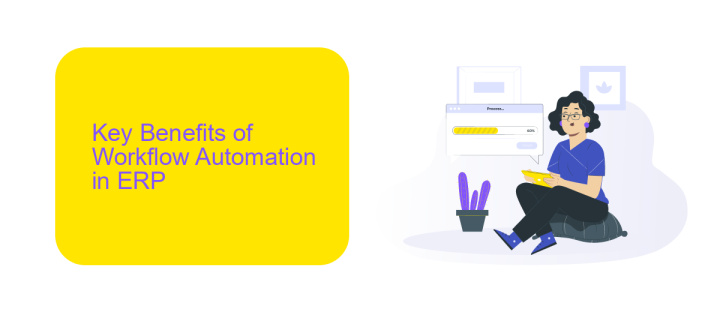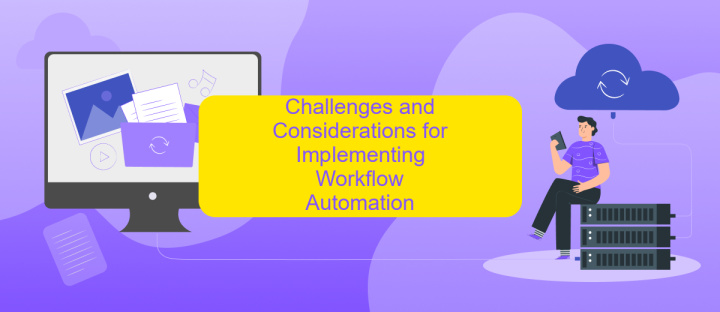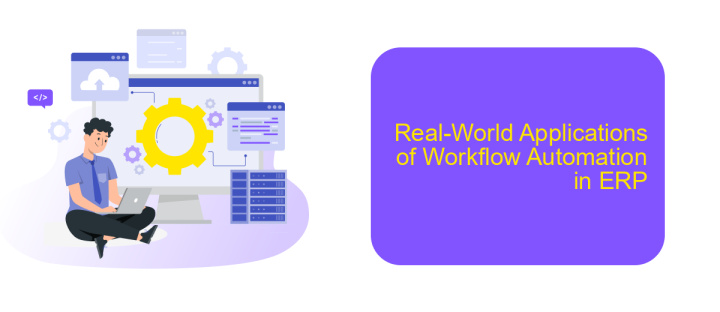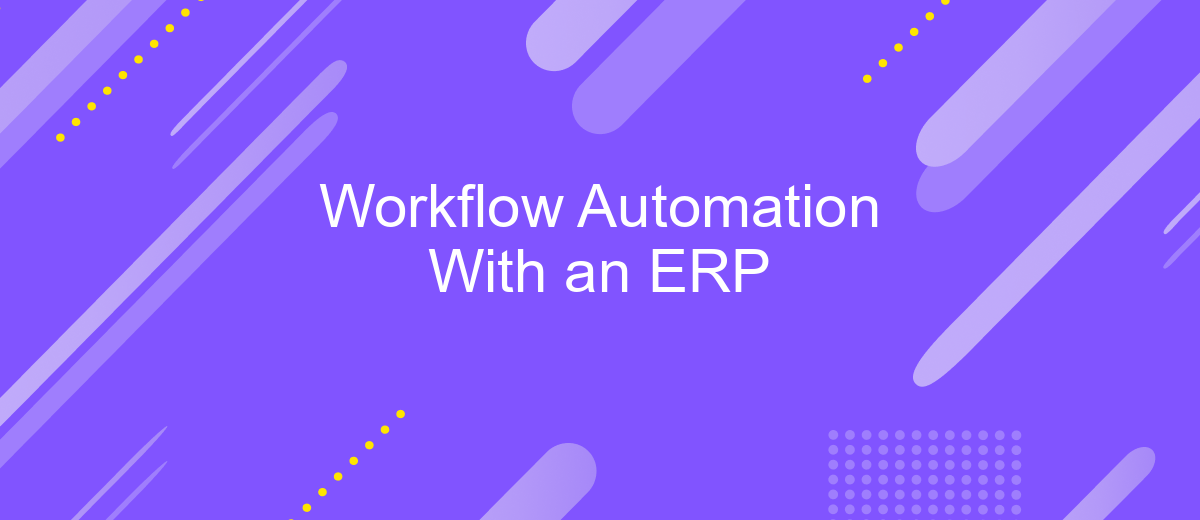Workflow Automation With an ERP
In today's fast-paced business environment, optimizing operational efficiency is crucial. Workflow automation with an Enterprise Resource Planning (ERP) system can significantly streamline processes, reduce manual tasks, and enhance productivity. By integrating various business functions into a single platform, ERP-driven automation not only saves time and resources but also minimizes errors and improves decision-making. Discover how ERP solutions can transform your workflow.
Introduction to Workflow Automation and ERP
Workflow automation and Enterprise Resource Planning (ERP) systems are pivotal in modern business operations. Workflow automation streamlines repetitive tasks, reducing human error and increasing efficiency. ERP systems integrate various business processes, providing a unified view of operations. Together, they transform the way businesses operate, leading to improved productivity and better decision-making.
- Increased operational efficiency
- Reduced manual errors
- Unified business processes
- Enhanced data accuracy
- Improved decision-making
Integrating workflow automation with ERP can be complex, but tools like ApiX-Drive simplify this process. ApiX-Drive facilitates seamless integration between different software, ensuring data flows smoothly across platforms. This integration not only enhances operational efficiency but also ensures that businesses can adapt quickly to changing market demands. By leveraging such tools, companies can achieve a higher level of automation and synchronization across their ERP systems.
Key Benefits of Workflow Automation in ERP

Implementing workflow automation in ERP systems significantly enhances operational efficiency by streamlining repetitive tasks and reducing manual errors. Automated workflows ensure that processes are consistently followed, leading to improved accuracy and faster task completion. This not only saves time but also allows employees to focus on more strategic activities, thereby boosting overall productivity.
Another key benefit is the seamless integration of various business functions and external applications. Tools like ApiX-Drive facilitate the effortless connection of different software solutions, ensuring data flows smoothly across the organization. This integration capability minimizes data silos, enhances information accessibility, and supports better decision-making. By automating workflows, businesses can achieve greater scalability and flexibility, adapting quickly to changing market demands.
Challenges and Considerations for Implementing Workflow Automation

Implementing workflow automation within an ERP system presents numerous challenges and considerations. Organizations must carefully evaluate these aspects to ensure a smooth transition and maximize the benefits of automation.
1. Integration Complexity: Integrating various systems and applications can be complex. Using services like ApiX-Drive can simplify this process by providing seamless integration solutions.
2. Data Accuracy: Ensuring data accuracy and consistency across all integrated systems is crucial. Inaccuracies can lead to significant operational issues.
3. User Training: Adequate training for employees is essential to ensure they can effectively use the new automated workflows.
4. Cost Considerations: Initial setup and ongoing maintenance costs can be significant. Organizations must budget appropriately to avoid financial strain.
5. Security Risks: Automation can introduce new security vulnerabilities. Implementing robust security measures is vital to protect sensitive data.
Thorough planning and consideration of these challenges can lead to successful implementation of workflow automation in an ERP system. Leveraging integration services like ApiX-Drive can streamline the process, ensuring a more efficient and effective transition.
Real-World Applications of Workflow Automation in ERP

Workflow automation in ERP systems has become a game-changer for many businesses, streamlining processes and enhancing efficiency. By automating routine tasks, companies can focus on more strategic activities, thereby increasing productivity and reducing errors.
One of the key areas where workflow automation shines is in inventory management. Automated workflows can track stock levels, generate purchase orders, and manage supplier communications, ensuring that inventory is always at optimal levels. Another critical application is in financial operations, where automation can handle invoicing, payroll, and expense reporting, significantly reducing the manual effort involved.
- Inventory management: Automated stock tracking and purchase orders.
- Financial operations: Streamlined invoicing, payroll, and expense reporting.
- Customer relationship management: Automated follow-ups and communication tracking.
Integrating various services into an ERP system can further enhance its capabilities. For instance, ApiX-Drive offers seamless integration solutions that connect different applications, enabling automated data transfer and synchronization. This ensures that all parts of the business are aligned and operating efficiently, providing a holistic approach to workflow automation.
- Automate the work of an online store or landing
- Empower through integration
- Don't spend money on programmers and integrators
- Save time by automating routine tasks
Future Trends and Best Practices in Workflow Automation and ERP
As businesses continue to evolve, the future of workflow automation within ERP systems is geared towards increased integration and the use of advanced technologies like artificial intelligence (AI) and machine learning (ML). These technologies will enable more predictive analytics, allowing companies to anticipate issues and optimize processes in real-time. Additionally, low-code and no-code platforms will become more prevalent, empowering non-technical users to customize workflows without extensive programming knowledge.
Best practices in workflow automation include ensuring seamless integration between various business applications. Tools like ApiX-Drive can facilitate this by providing easy-to-use interfaces for connecting different systems, thus ensuring data consistency and operational efficiency. Regularly updating and auditing workflows to adapt to changing business needs is also crucial. By staying current with technological advancements and continuously refining processes, businesses can maintain a competitive edge in an increasingly automated landscape.
FAQ
What is workflow automation in an ERP system?
How can workflow automation benefit my business?
What types of processes can be automated in an ERP system?
How do I integrate different software systems with my ERP for workflow automation?
Is it difficult to set up workflow automation in an ERP system?
Apix-Drive is a universal tool that will quickly streamline any workflow, freeing you from routine and possible financial losses. Try ApiX-Drive in action and see how useful it is for you personally. In the meantime, when you are setting up connections between systems, think about where you are investing your free time, because now you will have much more of it.


